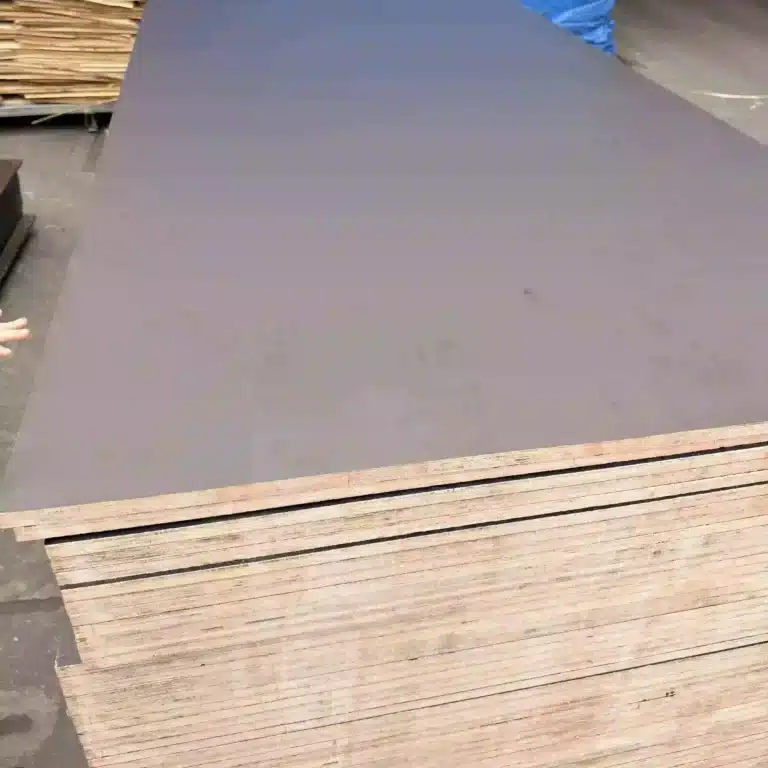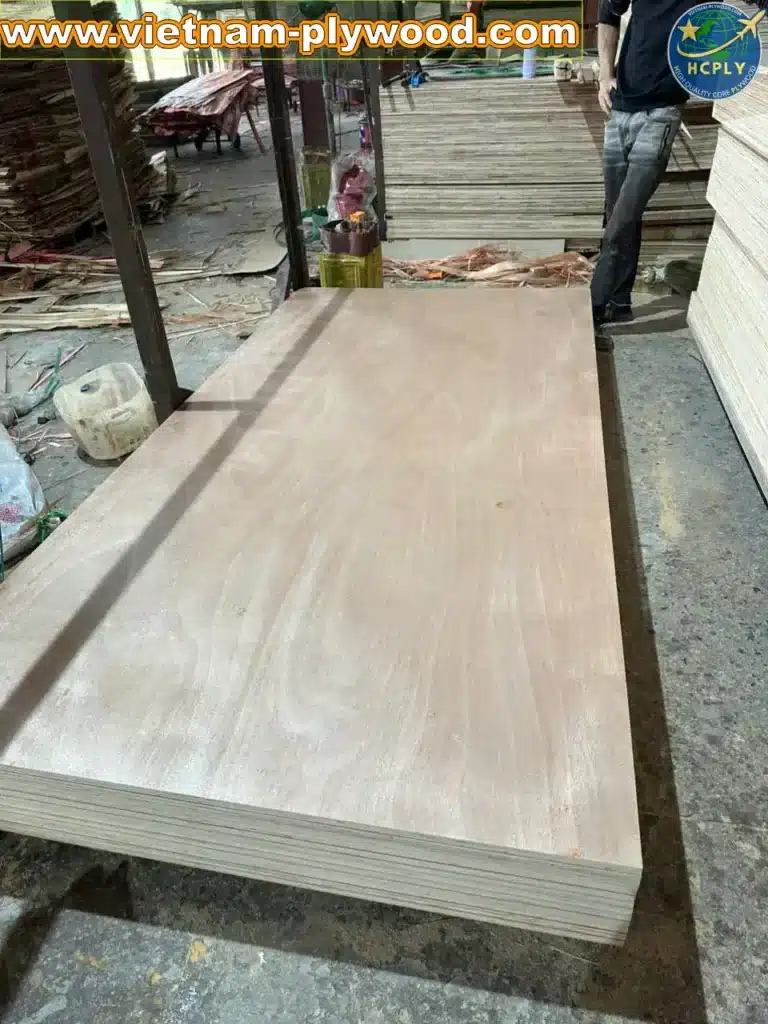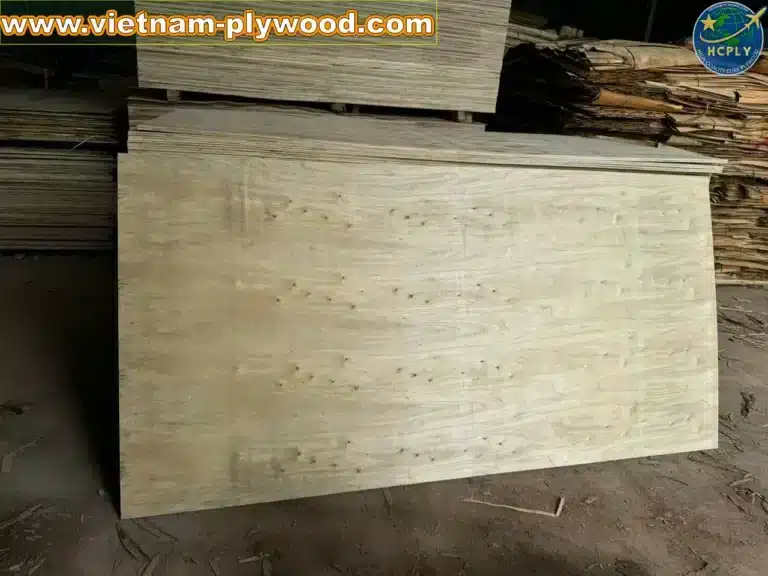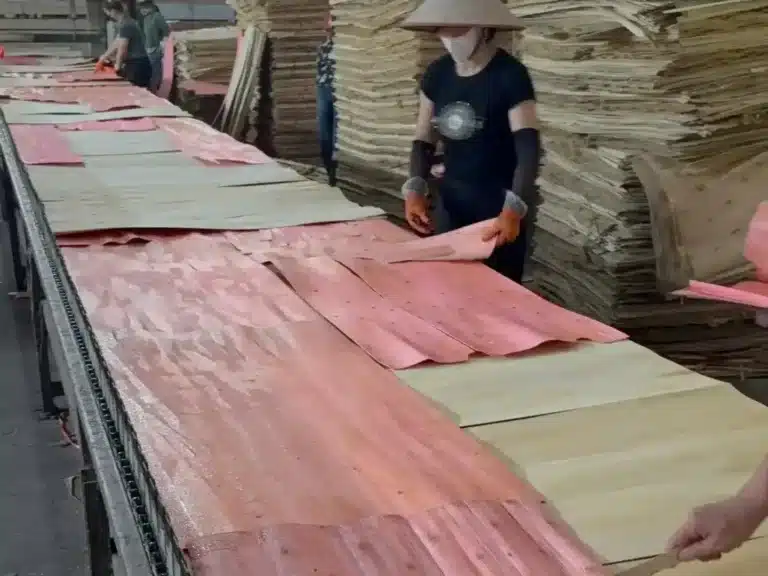Face Veneer Grades – A, B, C, and Their Differences

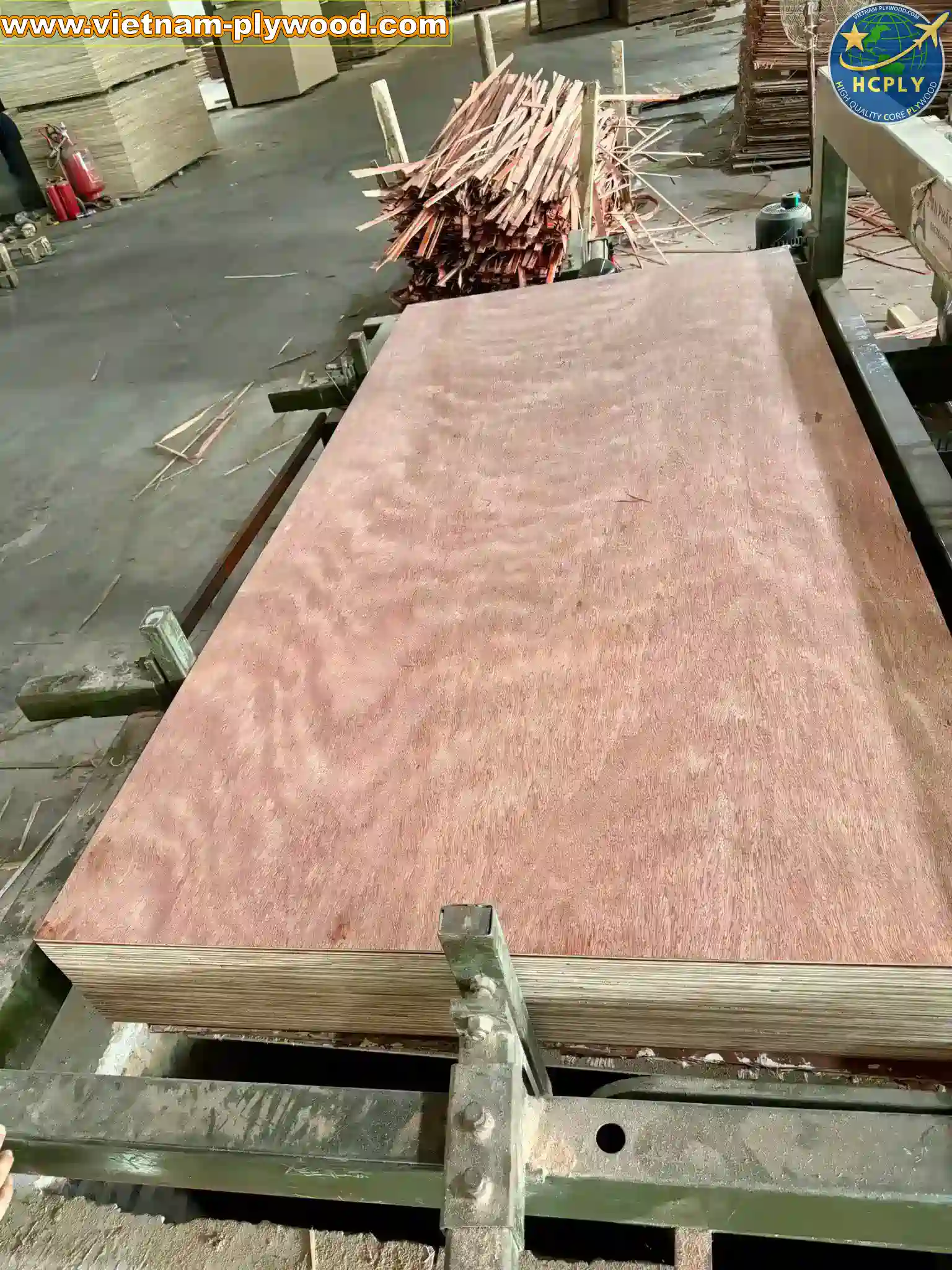
🏆 1. Introduction – Why Face Veneer Grades Matter
In plywood production, the face veneer grades plywood manufacturers apply define the visual appeal and surface integrity of each panel. Importers from markets like the EU, US, and Japan often use veneer grades as a quick indicator of overall quality.
🎯 2. Overview of Veneer Grade Standards
The vietnam plywood veneer grading system generally follows international norms but may adapt to specific buyer requirements. Grades A, B, and C reflect different levels of surface perfection, repair allowances, and visual uniformity.
H3: International Alignment
- Grade A: Matches top-tier global standards like JAS AA.
- Grade B: Comparable to JAS BB or EN 636 Class 2 face requirements.
- Grade C: Meets utility-grade criteria for non-visual surfaces.
💎 3. Grade A – Premium Face Veneer
- Appearance: Flawless surface, uniform grain, no patches or discoloration.
- Allowed Repairs: None.
- Applications: Luxury furniture, high-end interiors, yacht building.
Grade A in veneer grade A B C differences commands the highest price due to stringent selection and limited supply.
H4: Key Advantages
- Superior aesthetic appeal
- Enhances perceived value of final product
- Reduces finishing costs
📦 4. Grade B – High-Quality with Minor Repairs
- Appearance: Minor patches or slight discoloration allowed.
- Allowed Repairs: Small putty fills or color blends.
- Applications: Cabinetry, visible furniture parts, interior wall panels.
Grade B offers a balance between cost and visual quality.
H4: Buyer Considerations
- More affordable than Grade A
- Acceptable for mid-to-high-end markets
- Requires light surface finishing
🛠 5. Grade C – Utility Face Veneer
- Appearance: Visible knots, patches, and grain variation.
- Allowed Repairs: Multiple patches, knot fills, open grain areas.
- Applications: Furniture backs, packaging, structural uses where face is hidden.
H4: When to Choose Grade C
- Cost-sensitive projects
- Non-visible panel surfaces
- Industrial or construction purposes
🔍 6. Factors Influencing Veneer Grading
- Log species and source
- Peeling technique and veneer thickness
- Drying quality and moisture control
- QC inspection process
📌 7. FAQ – Common Buyer Questions
H3: Q1 – Can Grade B be used for exterior plywood?
Yes, if bonded with WBP glue and properly sealed.
H3: Q2 – How do I verify veneer grade before shipment?
Request high-resolution photos or live video inspection, and specify grading criteria in the purchase contract.
H3: Q3 – Is Grade C acceptable for export?
Yes, especially for packaging and utility purposes where face quality is not critical.
📈 8. Impact of Veneer Grade on Pricing
Higher grades require more selective logs, advanced peeling, and strict QC — all adding to cost. Grade A panels can be up to 40–60% more expensive than Grade C.
💬 9. Expert Tip from HCPLY
“Face veneer is the first thing your customer sees — choose the grade that matches your market’s expectations.” — David, Export Project Leader, HCPLY.
🌟 10. Closing Thoughts – The Power of First Impressions
In the face veneer grades plywood hierarchy, the surface tells the story of craftsmanship and quality.
“You never get a second chance to make a first impression.”
By understanding veneer grade A B C differences, you can align product selection with brand positioning and customer satisfaction.

